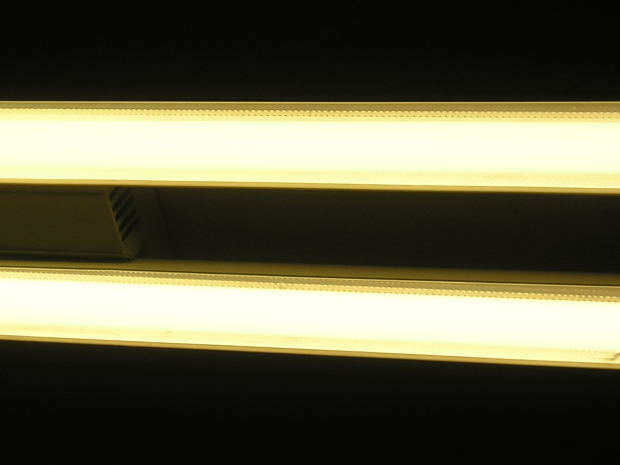 Loading... Please wait...
Loading... Please wait...Save Money. Grow Your Own!
Fast Plain Box Shipping.
We ship to the US & Canada.
Grow Your Own!
Explaining Lumens and Plant Growth
Posted on 11th Jan 2015
Most hydroponic growers don't really understand the complex history of grow lighting, and the kinds of labels that surround it -- but getting a little bit of this knowledge under your belt can help you to make smarter buying decisions when you're looking at pieces of hydroponic gear and equipment.
One of the most important and strangest issues with grow lighting relates to the interplay between different units of measurement. One of the best examples is watts versus lumens.

We're used to thinking of light bulbs as being measured in watts -- how much electrical energy that bulb draws, which has a relationship to the light that it throws. But with big changes in traditional incandescent bulbs in the emergence of the CFLs and LEDs, electrical watts just isn't as accurate of a measurement as it used to be.
Measuring Light in Lumens
Lots of modern lighting equipment measures lighting implementation in lumens instead of watts. But what is a lumen?
A lumen is a unit of measurement of the visible light that a lamp puts off. This involves the wavelengths of light emitted. In practical terms, a lumen is a measurement of lighting intensity.
That said, lumens are important in hydroponics growing, because they show the levels of light provided to plants. For example, resources like this one show a preference for at least 5000 lm per sq ft, in order to cultivate certain types of hydroponic plants. Scientists have found a term for lumens per square meter which they call the “lux.”
Why do lumens make a difference in plant growth?
Plants need a certain amount of light intensity in order to perform photosynthesis well. Getting plants more lumens increases their yield and their likelihood of thriving. That's why so much grow lighting is prominently labeled in terms of lumens.
You want to look at the electrical energy that your lighting draws, but you also want to look at the amount of lumens that it will provide plants. Getting started with this kind of measurement is just part of getting adequate grow light -- for instance, some grow areas will require reflective material or other strategies to get that light distributed to plants evenly.
Take a look at these and other important issues when you're setting up your first hydroponic grow space or evolving your indoor gardening project as you go -- take a look at what modern retailers offer to get your hydroponic treaties made into reality, and to set yourself up for many successful future plant cycles.
